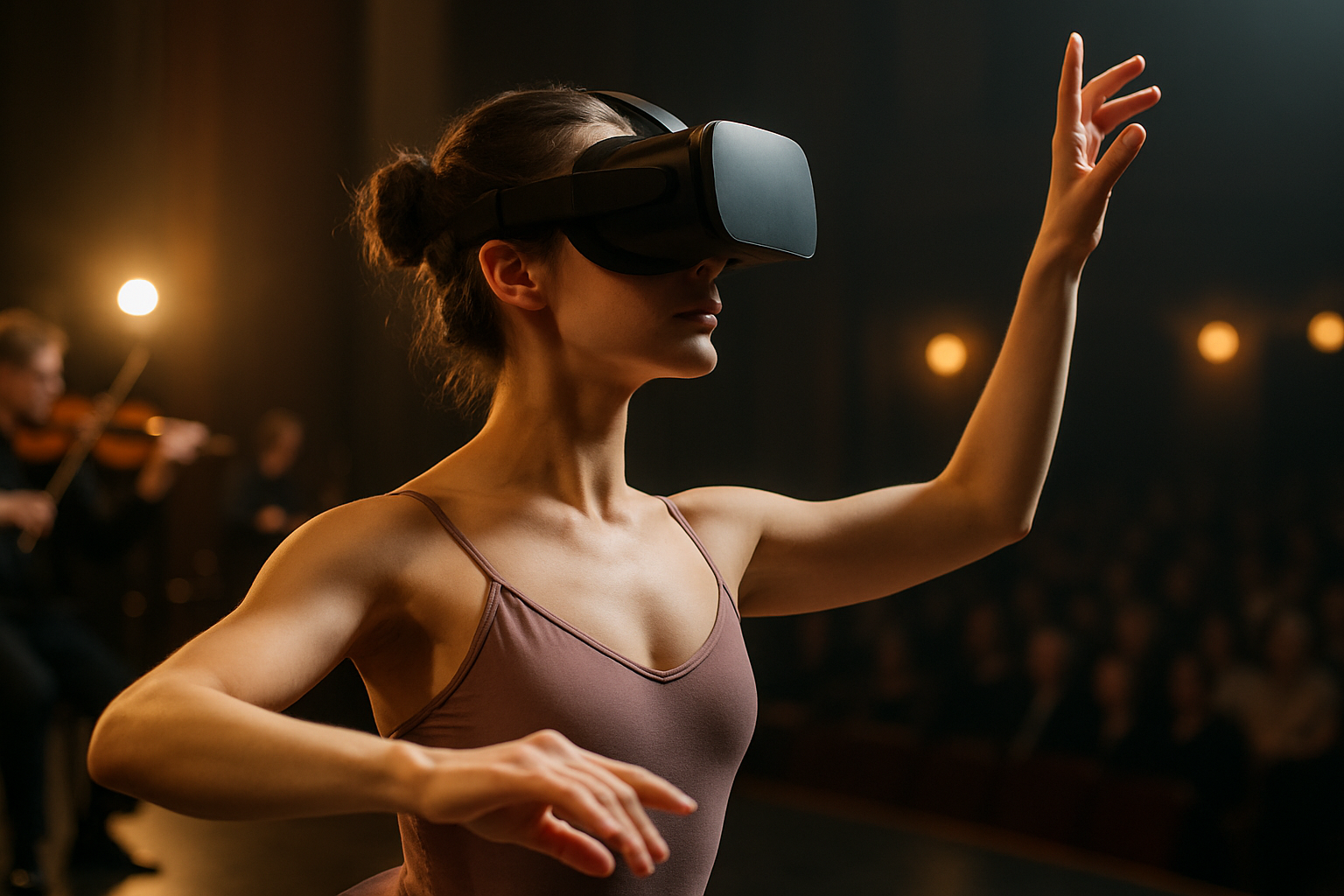The Artistic Odyssey of Virtual Reality Performances
Virtual reality has found an unlikely home in the world of live performances, blending cutting-edge technology with traditional artistry to create immersive experiences that challenge our perceptions of theater, dance, and music. This innovative fusion is reshaping the landscape of performing arts, offering audiences new ways to engage with creativity and pushing artists to explore uncharted territories of expression. As virtual stages become increasingly sophisticated, the boundaries between physical and digital realms blur, opening up a world of possibilities for creators and spectators alike.

Technological Advancements Fueling Artistic Innovation
Recent years have seen a surge in the quality and accessibility of virtual reality technology, catalyzing its adoption in the performing arts. High-resolution displays, improved motion tracking, and more comfortable headsets have transformed the viewer experience. Simultaneously, advancements in real-time rendering and motion capture have empowered artists to create increasingly sophisticated virtual environments and characters. These technological leaps have enabled performances that seamlessly blend physical and digital elements, offering audiences unprecedented levels of immersion.
Breaking the Fourth Wall: New Frontiers in Audience Engagement
Virtual reality performances are revolutionizing the concept of audience participation. Unlike traditional theater where spectators are passive observers, VR allows audience members to become active participants in the narrative. Some productions invite viewers to explore virtual sets at their own pace, while others incorporate interactive elements that respond to audience behavior. This heightened level of engagement challenges the conventional relationship between performer and spectator, creating a more intimate and personalized artistic experience.
Choreographing in Cyberspace: Dance in the Virtual Realm
Dance has emerged as one of the most exciting frontiers for virtual reality performances. Choreographers are leveraging VR to create impossible movements and defy the laws of physics, expanding the vocabulary of dance beyond physical limitations. Virtual stages allow dancers to perform in fantastical environments, from underwater seascapes to abstract geometric spaces. Moreover, VR enables remote collaborations between dancers across the globe, fostering new forms of artistic exchange and cultural fusion.
The Sonic Landscape: Music and Sound in Virtual Performances
Audio plays a crucial role in creating immersive virtual reality experiences, and musicians are at the forefront of exploring its potential. VR concerts offer listeners the ability to experience music from multiple perspectives, moving around virtual stages and even inside instruments. Some artists are creating synesthetic experiences that visualize sound, allowing audiences to see music as well as hear it. These innovations are not only enhancing the concert experience but also opening up new avenues for musical composition and performance.
Challenges and Controversies in Virtual Reality Art
Despite its potential, the integration of virtual reality into performing arts faces several challenges. The cost and accessibility of VR equipment remain significant barriers for many audiences and smaller artistic organizations. There are also concerns about the potential loss of human connection in virtual performances, as the physical presence of performers and fellow audience members has long been integral to live art. Additionally, some critics argue that VR experiences prioritize spectacle over substance, potentially detracting from the emotional depth of traditional performances.
The Future of Virtual Stages
As technology continues to advance, the future of virtual reality in performing arts looks increasingly bright. Emerging technologies like augmented reality and haptic feedback promise to further blur the lines between physical and virtual experiences. Some envision a future where audiences can attend performances from anywhere in the world, potentially democratizing access to high-quality artistic experiences. However, the true potential of VR in performing arts lies not in replacing traditional forms, but in complementing and expanding them, offering new tools for artistic expression and audience engagement.
A New Renaissance in Performing Arts
The integration of virtual reality into live performances represents a significant shift in the landscape of performing arts. By merging technology with creativity, artists are pushing the boundaries of what is possible on stage, creating experiences that were once the realm of science fiction. As this field continues to evolve, it promises to revolutionize not only how we experience art but also how we create and interact with it. The virtual stage is set for a new renaissance in performing arts, one that embraces the digital age while honoring the timeless human desire for storytelling and emotional connection.





